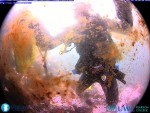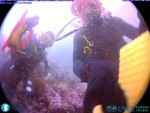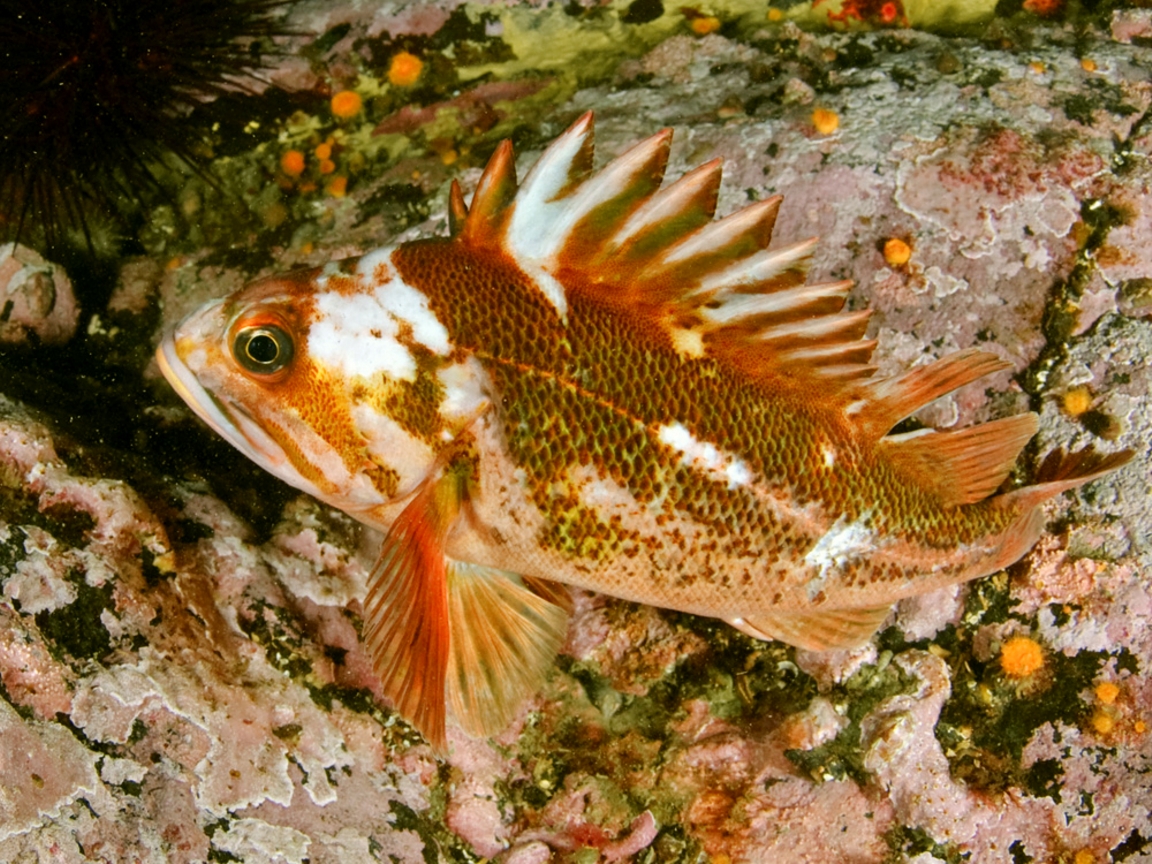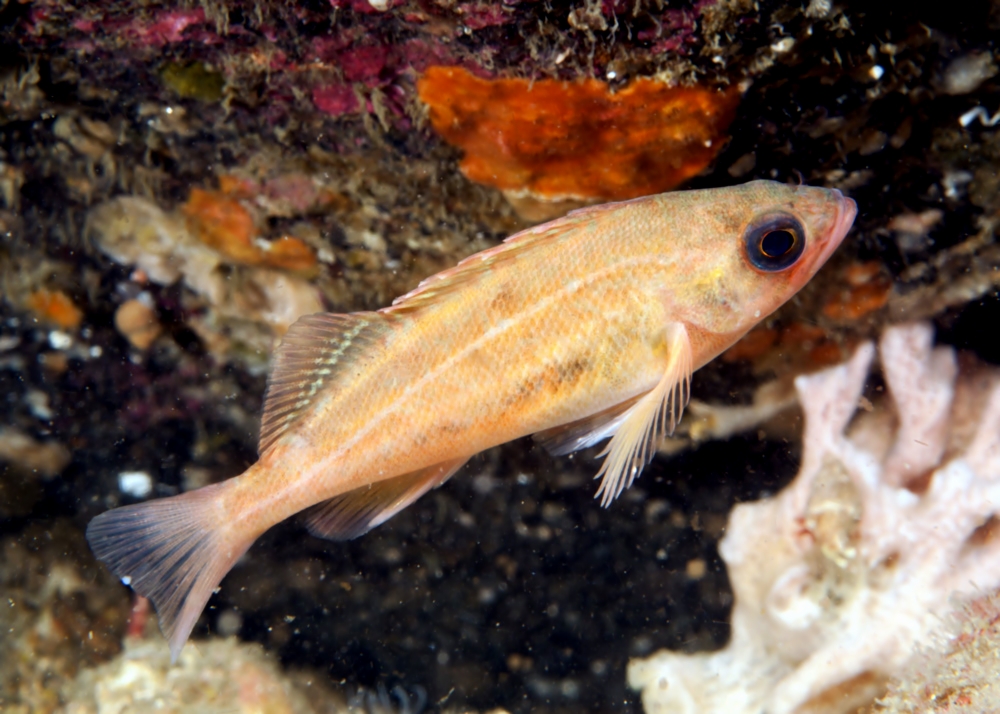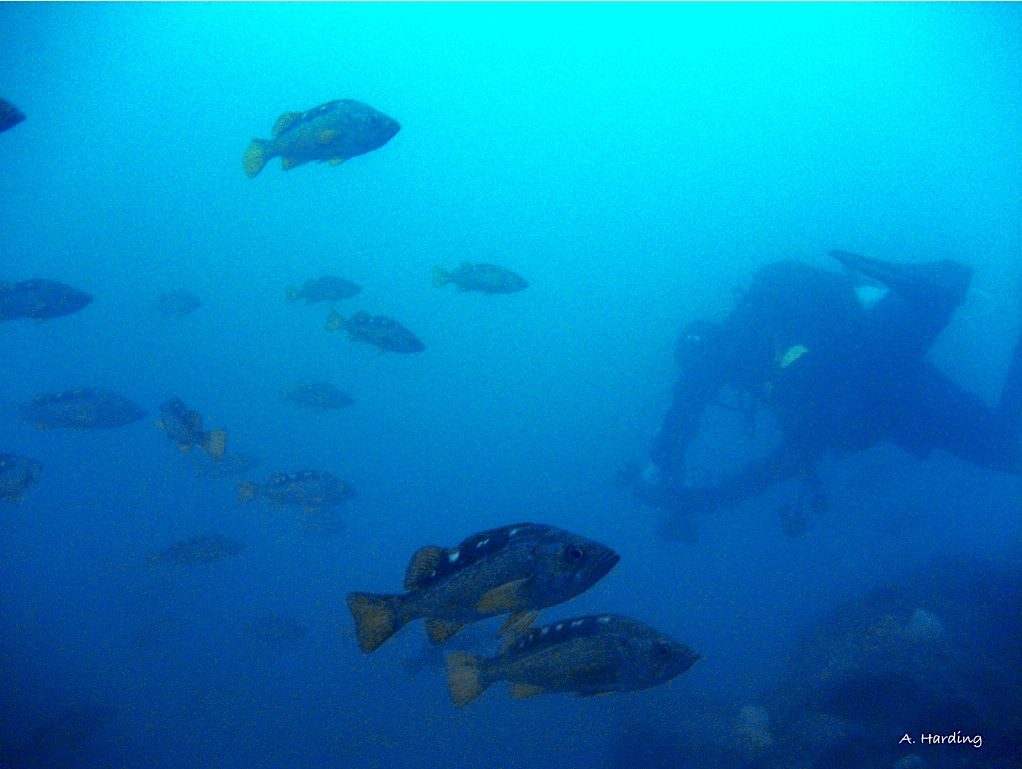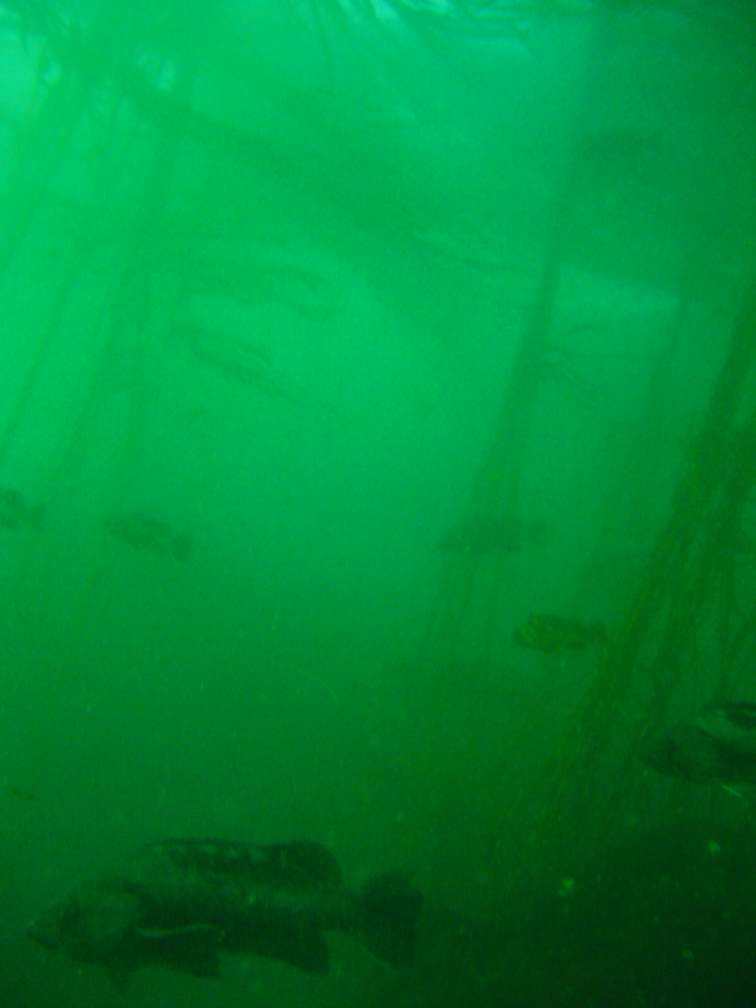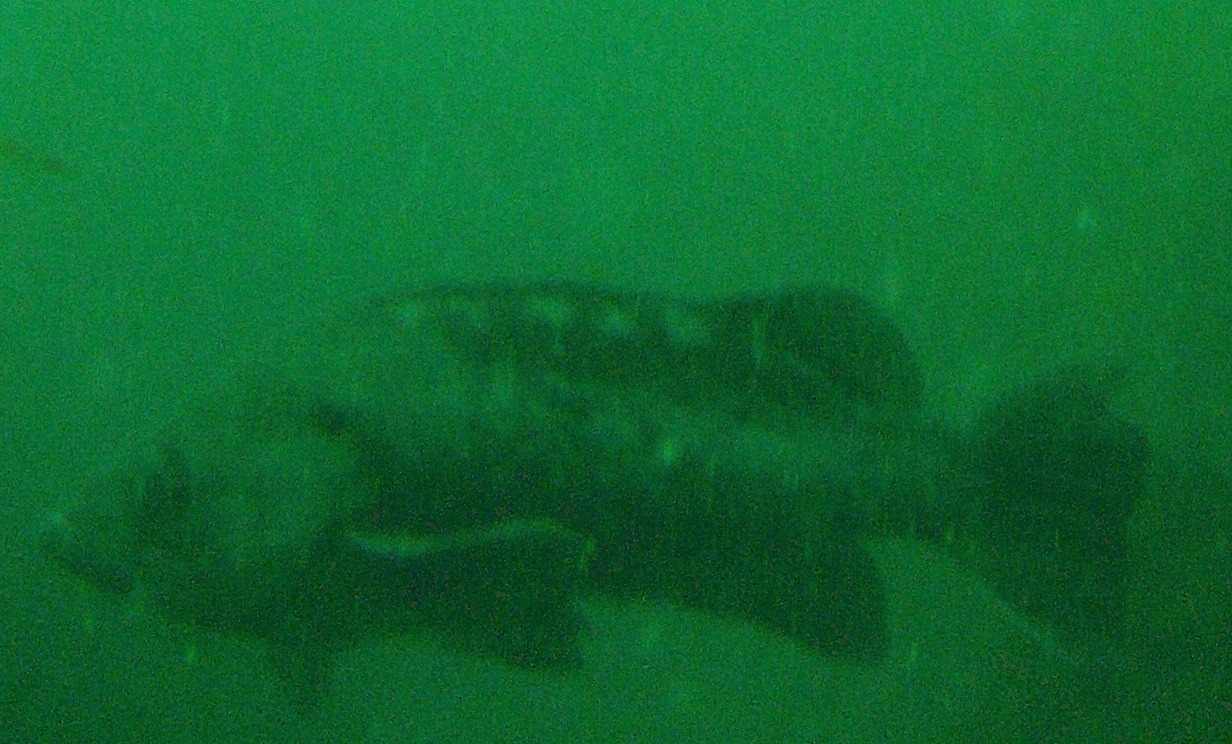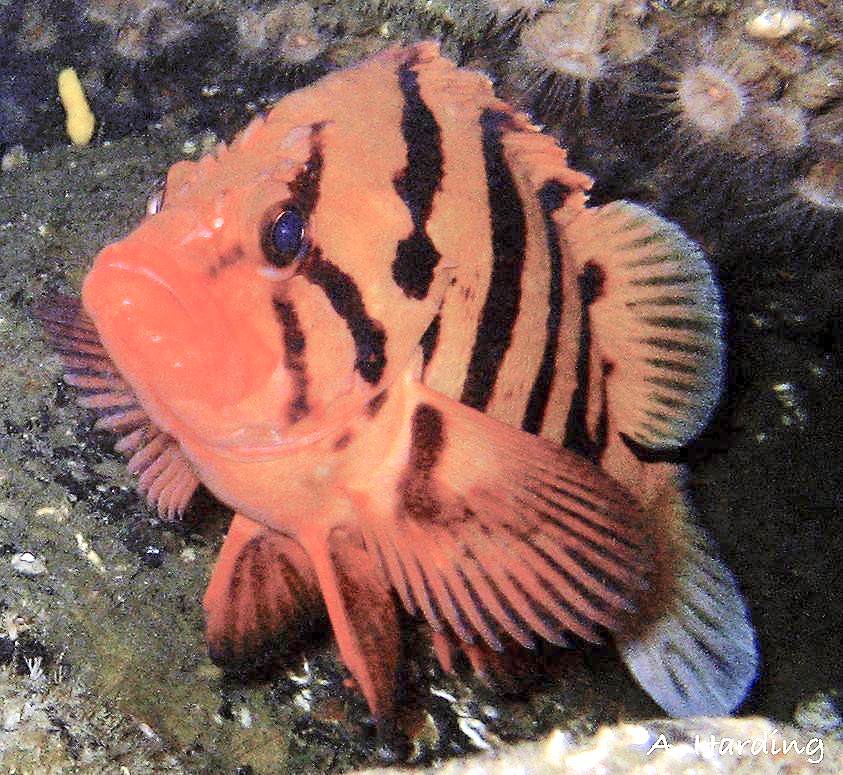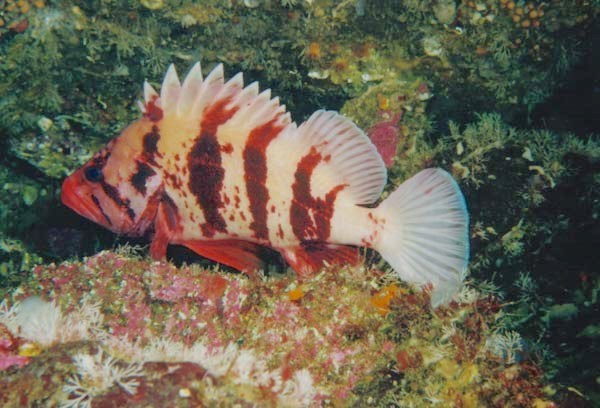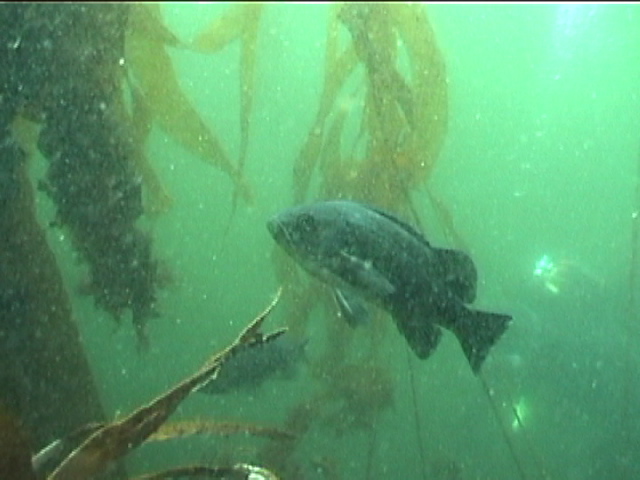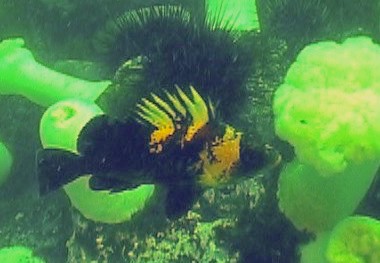Sunny
Wind: SW 5-14 knots in the morning, NE 5-9 knots in the late morning to afternoon, calm in the evening
Air Temperature: Low 7.8°C, High 10.7°C
Ocean Temperature: 8.8°C
Nine students came this afternoon with Courtney, Laura and Nazim to dive from the jetty. The seven divers were in groups of two and three for 30 minute dives. The others provided support from above.
Bader and Sean dove together and followed the cable out to the underwater camera, which lies at a depth of 12m of water out from the end of the jetty. They cleaned the plastic dome, which had become dirty with diatoms. See the photos below.
The divers mentioned seeing lots of vivid colours and amazing species including: urchin, anemone, rockfish, greenling, rose star and bull kelp.
Up on land, there was lots of vitamin D to soak up today while doing outdoor tasks: chopping firewood, stacking firewood, sweeping and tending to compost.
There was one fishing boat seen passing through the reserve today.
- A photo before the underwater camera is cleaned. There’s a female kelp greenling swimming by in the bottom right of the photo.
- Bader cleans the dome of the camera with a sponge.
- Bader and his diver partner, Sean, clean the dome of the camera. Sean is holding onto a spool of rope that is attached to a float on the surface, which alerts passing boats and the dive marshall of their location.
- Nazim and a student surface from their dive.
- Sean and Bader after completing their dive.
- Second Nature departs after successful dives.


